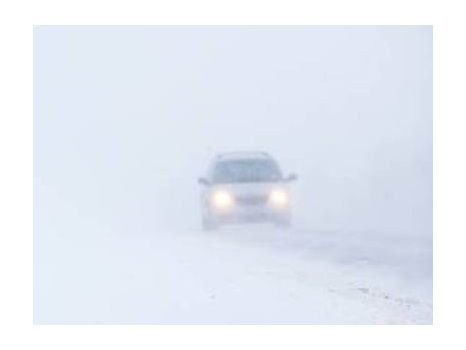2022 Political Ad Spend Boosted By GOP Super PAC's $141 Million On Senate Races.
- Inside Audio Marketing

- Apr 19, 2022
- 2 min read

Republicans have seen the Democrats' Senate Majority PAC's planned $106 million midterm election advertising spend and raised it. A Super PAC aligned with Senate Minority Leader Mitch McConnell is adding $141 million to the late summer-fall media spend, making the two groups' outlay – so far – at nearly a quarter-billion dollars, with control of the Senate the big prize.
According to Politico, McConnell's Senate Leadership Fund buy, with ads starting in September, includes $37 million in Georgia, $27 million in North Carolina, $24 million in Pennsylvania, $15 million each in Nevada and Wisconsin, $14 million in Arizona and $7.4 million in Alaska to protect GOP incumbent Lisa Murkowski from a Donald Trump-inspired primary challenge. The previously-announced Chuck Schumer-aligned Democrats' Senate Majority PAC's spend, starting in August, to no surprise focuses mostly on the same Senate races, with $26 million in Pennsylvania, nearly $25 million in Georgia, $22 million in Arizona, $21 million in Nevada and $12 million in Wisconsin. Both spends represent the largest early investments since the groups were created.
“This is such a strong year that we need to invest as broadly and deeply as we can,” Senate Leadership Fund President Steven Law says. “In the Senate, majority control is everything. It determines what happens on the floor and what doesn’t happen. It will have an impact on future Supreme Court nominations. I mean, there’s so much at stake.” Adds Senate Majority PAC President JB Poersch, “Both parties recognize the core 2022 Senate map as competitive races in several ‘built to be close’ presidential battleground states. SMP’s intent is obvious: hold the Democratic majority in the U.S. Senate.”
While total 2022 spending is unlikely to match that of 2020 – when the GOP's Super PAC spend was $476 million and the Democrats' $372 million – and both groups are likely to adjust their spending plans as some of these races grow more competitive, and focuses may shift to other potential battleground states such as Florida and Colorado, the big question is, how much of all this money will go to radio?
As reported in Inside Radio, while forecasters project just 2.7% of the political spend going to radio, Nielsen VP of Cross Platform Insights Tony Hereau has stressed the medium's unique ability to reach swing voters. “It's those younger-skewing voters that are much harder to reach with television, because they're using it so little,” Hereau says. “It's going to make it harder to achieve those reach goals, or make it more expensive, when you keep over-saturating those heavy viewers and continuing to spend to reach those light or non-viewers.”




Comments